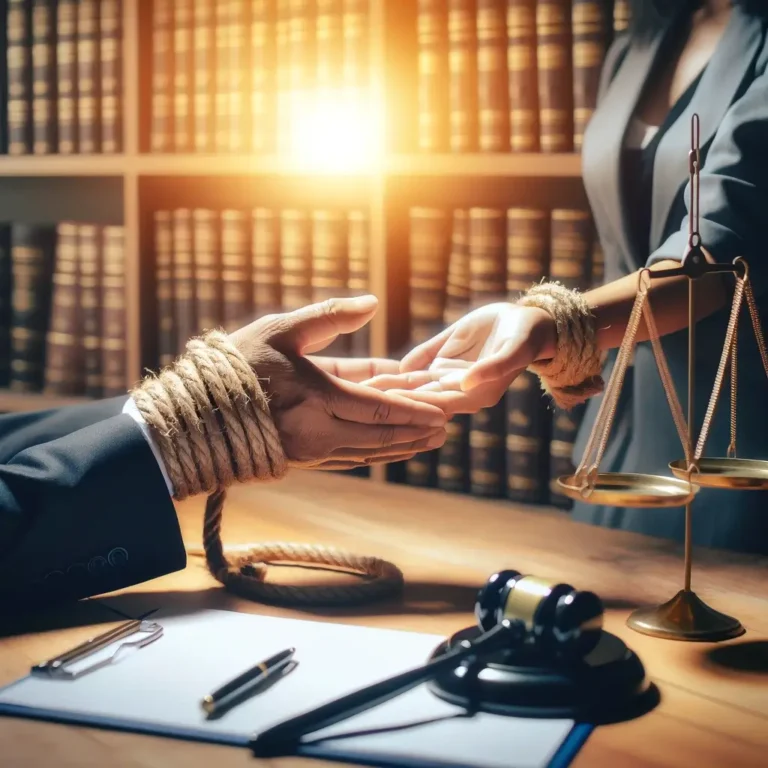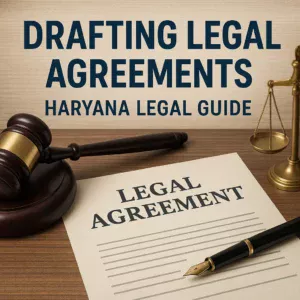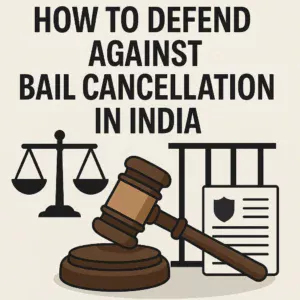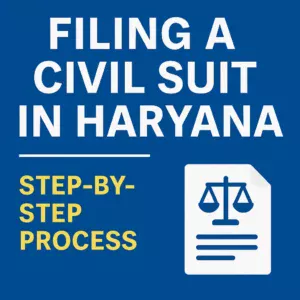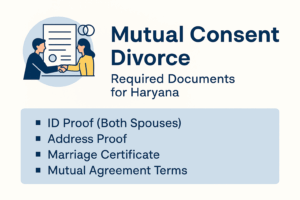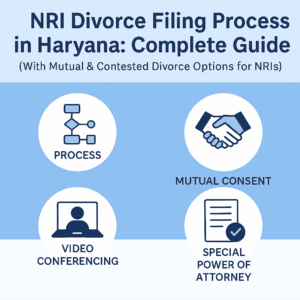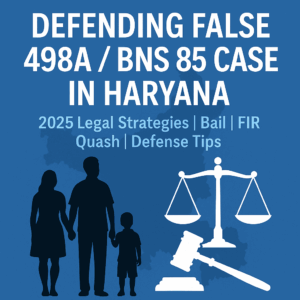In this article we have explained Legal Options for Violence Against Women in India
Table of Contents
ToggleThe Prevalence and Forms of Violence
Violence against women in India is a complex, pervasive issue that manifests in various forms, including domestic abuse, sexual assault, and harassment. It’s critical to acknowledge the breadth of this problem, as it sets the context for understanding the legal options available to victims.
Cultural and Social Factors
The cultural and social norms in India often play a significant role in both the occurrence and the response to violence against women. These factors can influence the willingness of victims to come forward and seek justice.
Legal Options for Violence Against Women in India
Key Legislation for Women’s Protection
India has several laws aimed at protecting women from violence. The most notable among them are the Protection of Women from Domestic Violence Act (2005), the Criminal Law (Amendment) Act (2013), and Section 498A of the Indian Penal Code which addresses cruelty by a husband or his family.
Understanding Your Rights
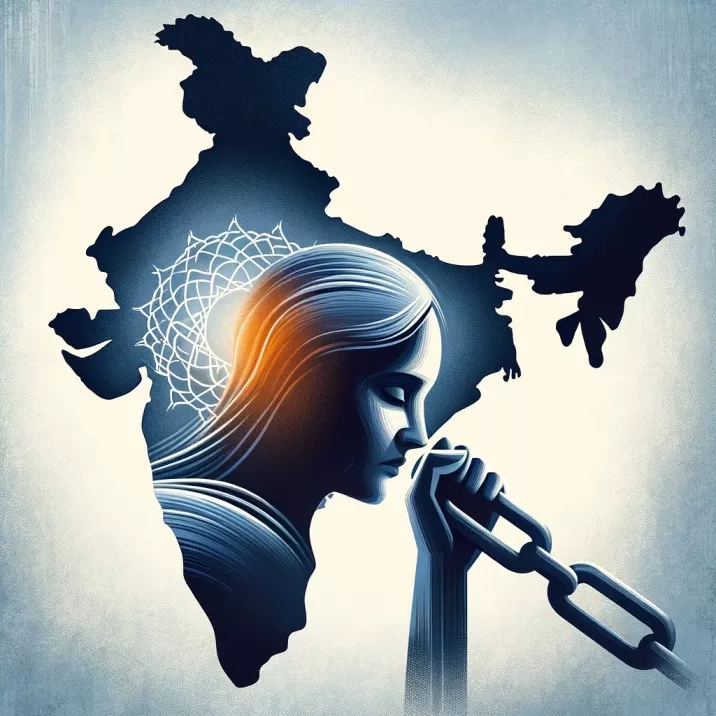
It’s crucial for victims to understand their legal rights. Knowing the specifics of these laws empowers women to take appropriate legal action against their perpetrators.
Navigating the Legal Process
Reporting the Crime
The first step in seeking justice is to report the crime. This can be done at a local police station. It’s important to know that women can file a zero FIR, which means they can file a report at any police station, irrespective of the crime location.
Seeking Legal Counsel
Consulting a lawyer who specializes in cases of violence against women is crucial. They can guide the victim through the legal process, ensuring their rights are protected at every step.
Support Systems and NGOs
Several NGOs and support systems in India assist victims of violence. They offer legal advice, counseling, and sometimes, shelter.
The Role of the Judiciary and Law Enforcement
Ensuring Fair and Speedy Trials
The judiciary plays a pivotal role in delivering justice. Ensuring a fair and speedy trial is crucial in cases of violence against women.
Sensitization of Law Enforcement
The police and other law enforcement agencies play a vital role. Their sensitization towards the issues of violence against women is critical for the proper handling of these cases.
Overcoming Challenges and Moving Forward
Addressing Societal Stigma
One of the biggest challenges is the societal stigma attached to victims of violence. Overcoming this requires a collective effort from society, including awareness campaigns and educational programs.
Empowering Women through Education and Awareness
Educating women about their legal rights and the support available is essential for empowering them to stand against violence.
Conclusion: A Collective Effort for Change
The fight against violence on women in India is not just a legal battle but a societal one. While the legal framework provides the tools for justice, societal attitudes and support systems play a crucial role in empowering victims. It’s a collective effort that requires participation from all sectors of society.
Final Thoughts: Towards a Safer Future for Women
In conclusion, navigating the legal options in India for victims of violence against women involves understanding the legal framework, utilizing available resources, and addressing societal challenges. It’s a journey towards creating a safer, more just society for women in India.
FAQs: Legal Options in India for Victims of Violence Against Women
- What is considered violence against women in India?
Violence against women in India includes domestic abuse, sexual assault, harassment, and any form of physical or emotional abuse. - Is domestic violence a criminal offense in India?
Yes, domestic violence is a criminal offense under the Protection of Women from Domestic Violence Act, 2005. - What legal steps can a victim of domestic violence take in India?
Victims can file a complaint at the nearest police station, seek a protection order, and demand maintenance or compensation under the Domestic Violence Act. - Can a woman file a complaint against domestic violence from anywhere?
Yes, under the zero FIR ruling, a woman can file a complaint from any police station, regardless of the incident’s location. - What is Section 85 of Bharatiya Nyaya Sanhita and 498A of the Indian Penal Code ?
Section 85/498A deals with cruelty by a husband or his family towards a married woman, which can include physical, emotional, or financial abuse. - How can victims of sexual assault in India seek justice?
They can file a police report, undergo a medical examination, and seek legal assistance to pursue the case in court. - Are there any helplines for women facing violence in India?
Yes, there are several helplines and NGOs that offer assistance to women facing violence, including legal aid and counseling. - Is marital rape recognized as a crime in India?
As of my last update in April 2023, marital rape is not explicitly recognized as a crime under Indian law. - Can a woman get a restraining order against her abuser in India?
Yes, a woman can obtain a protection order against her abuser under the Domestic Violence Act. - What is the role of the National Commission for Women in India?
The National Commission for Women works towards advancing women’s rights and addressing issues of violence against women. - Can an NRI (Non-Resident Indian) woman file a domestic violence case in India?
Yes, NRI women can file domestic violence cases in India, especially if the marriage is registered in India. - Are there any free legal services available for women victims in India?
Yes, many NGOs and government-run legal aid cells provide free legal services to women victims. - How long does a domestic violence case typically take in India?
The duration varies widely, but efforts are made to expedite cases related to violence against women. - What is the Criminal Law (Amendment) Act, 2013?
This Act amended various sections of the Indian Penal Code, making punishments for sexual offenses more stringent. - Can a complaint of violence be withdrawn in India?
Depending on the case, complaints can be withdrawn, but in serious offenses like rape, the state often continues prosecution. - What evidence is required in a domestic violence case in India?
Evidence can include medical reports, witness testimonies, photographs, and any other relevant documentation. - How can women in rural areas of India access legal help for violence?
They can approach local NGOs, legal aid clinics, or use government helplines to seek assistance. - What is a protection officer in the context of the Domestic Violence Act?
A protection officer is appointed to assist the court and the victim in cases of domestic violence. - Are there shelters for women victims of violence in India?
Yes, many NGOs and government organizations run shelters for women victims of violence. - Can a woman facing violence get custody of her children?
Yes, courts often grant custody to the mother, especially if the children’s safety is at risk. - What is the punishment for domestic violence in India?
Punishments vary, but they can include imprisonment, fines, or both. - Can a woman seek divorce on the grounds of domestic violence in India?
Yes, domestic violence is a valid ground for divorce under Indian law. - How does the police respond to cases of violence against women?
The police are required to investigate all reported cases and facilitate the legal process for the victim. - What is the role of women’s cells in Indian police stations?
Women’s cells specialize in handling cases of violence against women and provide a sensitive environment for victims. - Are there any online resources for legal help in cases of violence against women in India?
Yes, there are websites and online platforms that provide legal information and resources for victims. - How does societal stigma affect victims of violence in India?
Societal stigma can discourage women from reporting abuse and seeking justice due to fear of ostracism. - What is the process of obtaining maintenance in a domestic violence case?
A woman can file for maintenance under the Domestic Violence Act, which the court decides based on the husband’s income. - Can a woman file for violence against women if the incident occurred years ago?
Yes, there is no statute of limitations for serious offenses, but timely reporting is always encouraged for stronger cases. - What role do NGOs play in supporting victims of violence in India?
NGOs provide crucial support, including legal aid, counseling, and sometimes shelter. - Is legal aid in India for violence against women effective?
Legal aid is continually improving, but its effectiveness can vary based on location and the specifics of each case.
Sources :-




